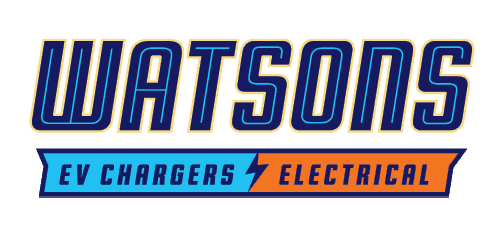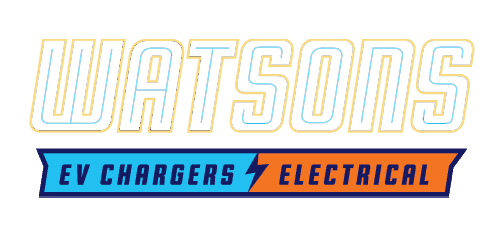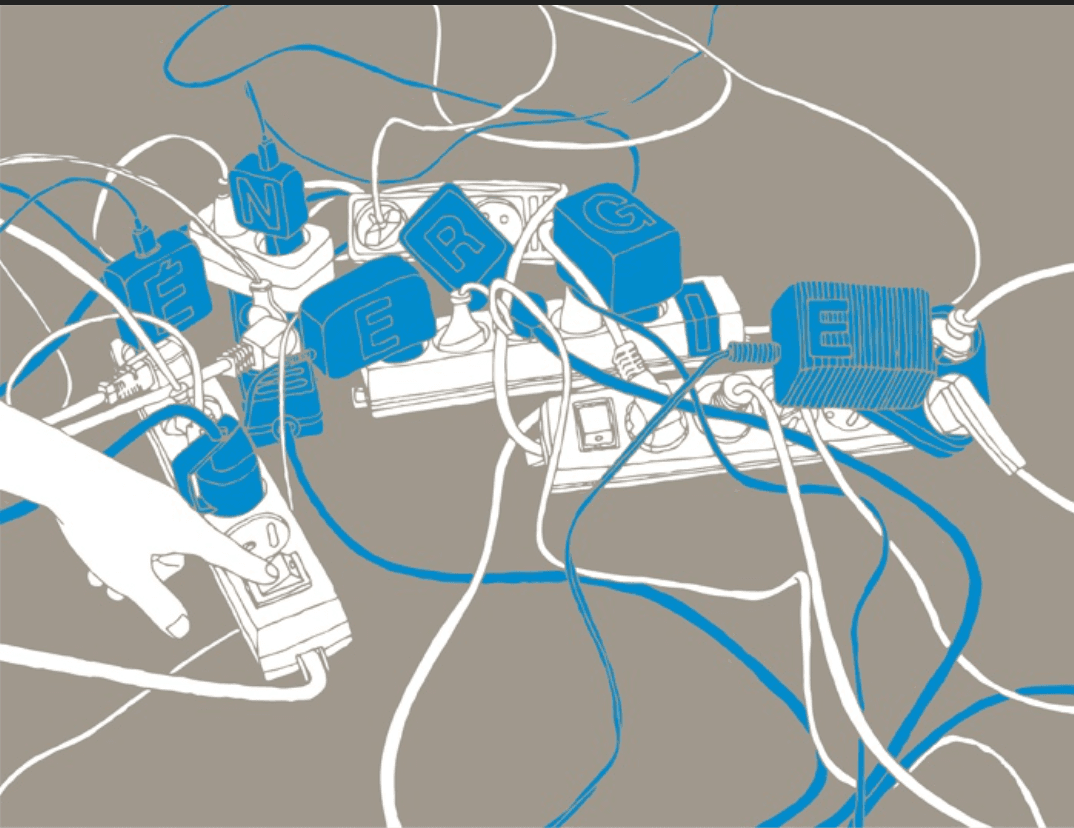The Dangers of an Electrical Circuit Overload
6 Tips to Avoid an Electrical Circuit Overload
Electricity is essential for our modern lives but can be dangerous if not managed properly. One
of the most common electrical hazards is an overloaded circuit, which can cause damage to
your appliances and wiring or even start an electrical fire. At Watson’s Charging Stations &
Electric, electrical safety is our top priority, so we created a guide to help you understand the
ins and outs of an electrical circuit overload and how to avoid it from happening.
What Is an Electrical Circuit Overload?
An electrical circuit overload occurs when more electricity is drawn than a circuit can safely
handle. Electrical circuits are made up of wiring, a breaker, and devices, such as light fixtures,
appliances, or electronics, and they are designed to handle a limited amount of electricity. The
electricity usage of each device adds to the total load on the circuit. Surpassing the rated load
for the circuit wiring causes the circuit breaker to trip, shutting down power to the entire circuit.
If there were no breakers in the circuit, an overload would cause the circuit wiring to overheat,
which could melt the wire insulation and lead to a fire.
What Causes an Electrical Circuit Overload?
Electrical circuit overloads can happen for several reasons. Here are some of the most
common:
● Too much voltage: Sometimes, lightning strikes, magnetic fields, or static electricity can
cause the voltage in the circuit to suddenly increase. If the voltage increases in the
circuit, so does the current. This “voltage spike” can overload the circuit and cause the
breaker to trip.
● Too many devices: This is probably the most frequent cause of overloading. When we
plug in too many devices on the same circuit, especially those that work on high power,
we increase the current demand on the circuit. For example, if you plug in a toaster
oven, microwave, and coffee maker on the same kitchen outlet, you will likely overload
the circuit.
● Short circuit: A short circuit occurs when a very low resistance path is created between
two points in a circuit, causing a considerable amount of current to flow. For example,
when a live wire touches a neutral or ground wire, it creates a short circuit. A short
circuit can also happen inside a device or an appliance if the wires lose insulation and
touch each other.
What Effects Does an Electrical Circuit Overload Have?
An electrical circuit overload can seriously affect your safety and property.
● Dimming lights: If you notice that your lights dim when you turn on other appliances or
more lights on the same circuit, you are close to maxing out the circuit capacity.
● Buzzing outlets or switches: If you hear a buzzing sound from your outlets or switches
when you plug something in or turn something on, too much current is flowing through
them.
● Warm or scorched outlets or switches: If you feel that your outlets or switches are
warm to the touch or have burn marks, that means that they have been overheated by
too much current.
● Burning odors: If you smell something burning from your outlets or switches or your
devices or appliances, something has melted or caught fire due to too much current.
● Damaged devices or appliances: If your devices or appliances seem to lack sufficient
power or stop working altogether after being plugged in on an overloaded circuit, they
have been damaged by too much current, which can also affect your electronic
components like resistors and microchips found in computers, entertainment systems,
and video game consoles.
How to Prevent an Electrical Circuit Overload
The best way to prevent an electrical circuit overload is to manage your electricity usage
wisely and follow some simple tips.
1. Map your home’s circuits: The first step is to learn which circuits power which devices
in your home. You can check your service panel and see which breaker controls which
outlet or light fixture. You can also consider using a circuit tester or a multimeter to test
each outlet for voltage and current.
2. Calculate the safe load rating of each circuit: Once you know which devices are on
which circuit, you can calculate the total load on each circuit by adding up the wattage
of each device. You can find the wattage of each device on its label or manual. Then,
you can compare the total load with the safe load rating of the circuit, which is usually
80% of the maximum load rating. For example, if your circuit has a 15-amp breaker, the
maximum load rating is 15 x 120 = 1800 watts. The safe load rating is 80% of that,
which is 1440 watts. If your total load exceeds the safe load rating, you must reduce it
by unplugging some devices or moving them to another circuit.
3. Use surge protectors: A surge protector is an apparatus that protects your devices and
appliances from voltage spikes by diverting the excess voltage to the ground. You can
plug your devices and appliances into a surge protector, which then plugs into an
outlet. However, be careful not to overload the surge protector by plugging in too many
devices.
4. Avoid using extension cords or power strips: Extension cords and power strips can be
convenient, but they can also cause overloading if you plug in too many devices on
them. They can also create a fire hazard if damaged or worn out. It is better to use them
only temporarily and not as a permanent solution.
5. Check for signs of overloading: If you notice any of the signs of overloading, act
quickly and unplug some devices or turn off some appliances. You must also check your
breaker or fuse and reset it if it has tripped or blown.
6. Contact a professional electrician: If you have any doubts or concerns about your
home’s electrical system or experience frequent overloading or short circuits, contact a
Gilroy electrician. They can inspect your wiring, outlets, switches, breakers, and devices
and make necessary repairs or upgrades to ensure your safety and efficiency.
Avoid Overloads with Watson’s
An electrical circuit overload is a serious problem that can cause damage to your property and
endanger your life. You can prevent overloading and enjoy a safe and comfortable electrical
service by knowing what to look for and following a few simple tips.
If you need any help with your electrical needs, you can always contact Watson’s Charging
Stations & Electric. We are a licensed and insured electrical contractor in Santa Clara County
that provides quality services for residential and commercial customers. Whether you need
installation, repair, maintenance, or an upgrade of your electrical system, we have the skills
and experience to handle it. Contact us today for a free estimate, and let us handle your
electrical needs.


